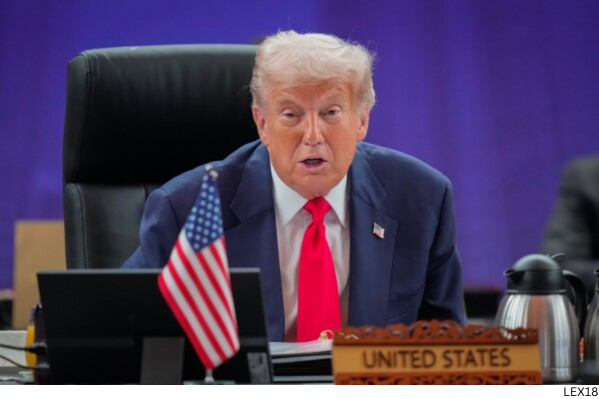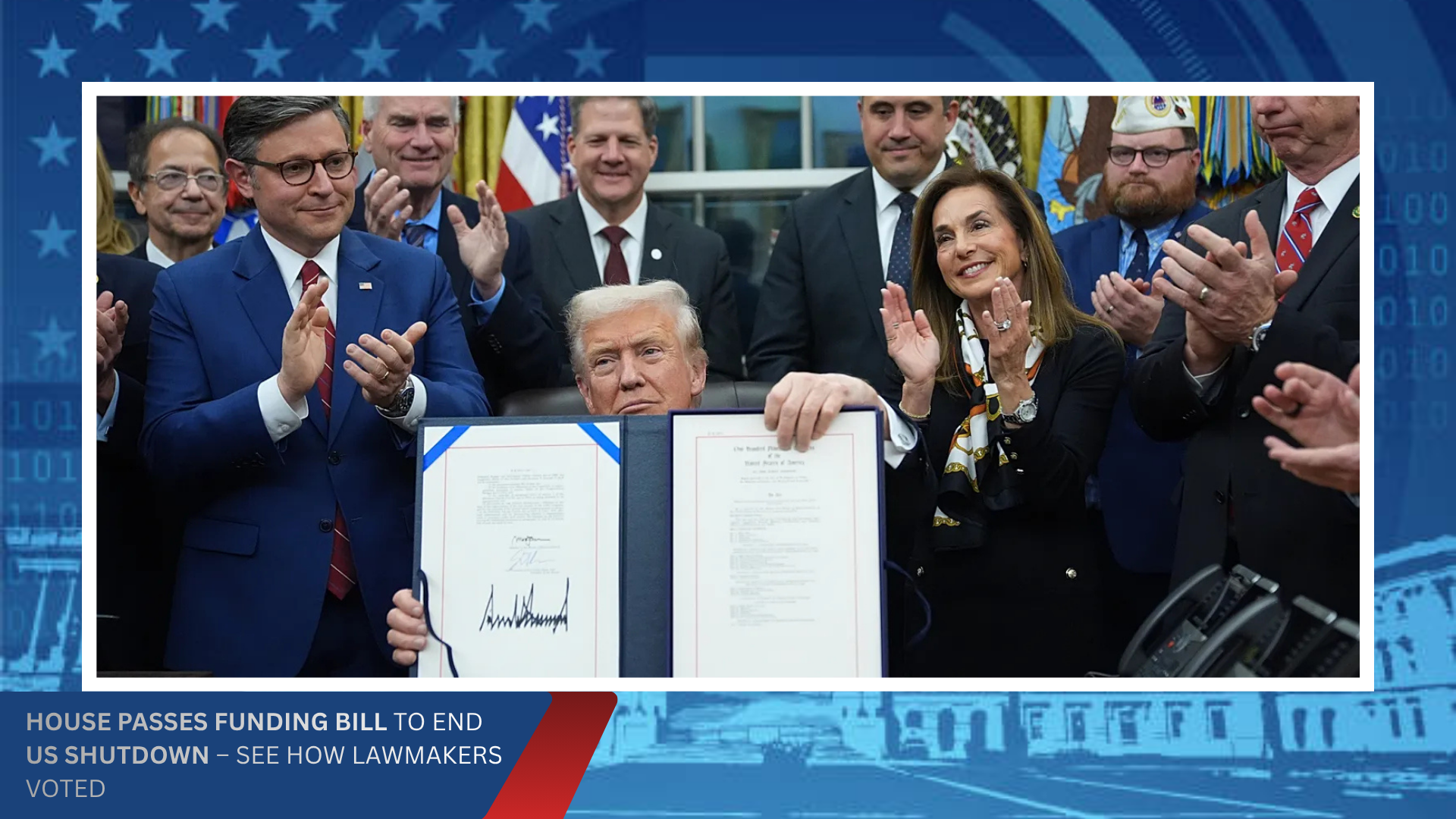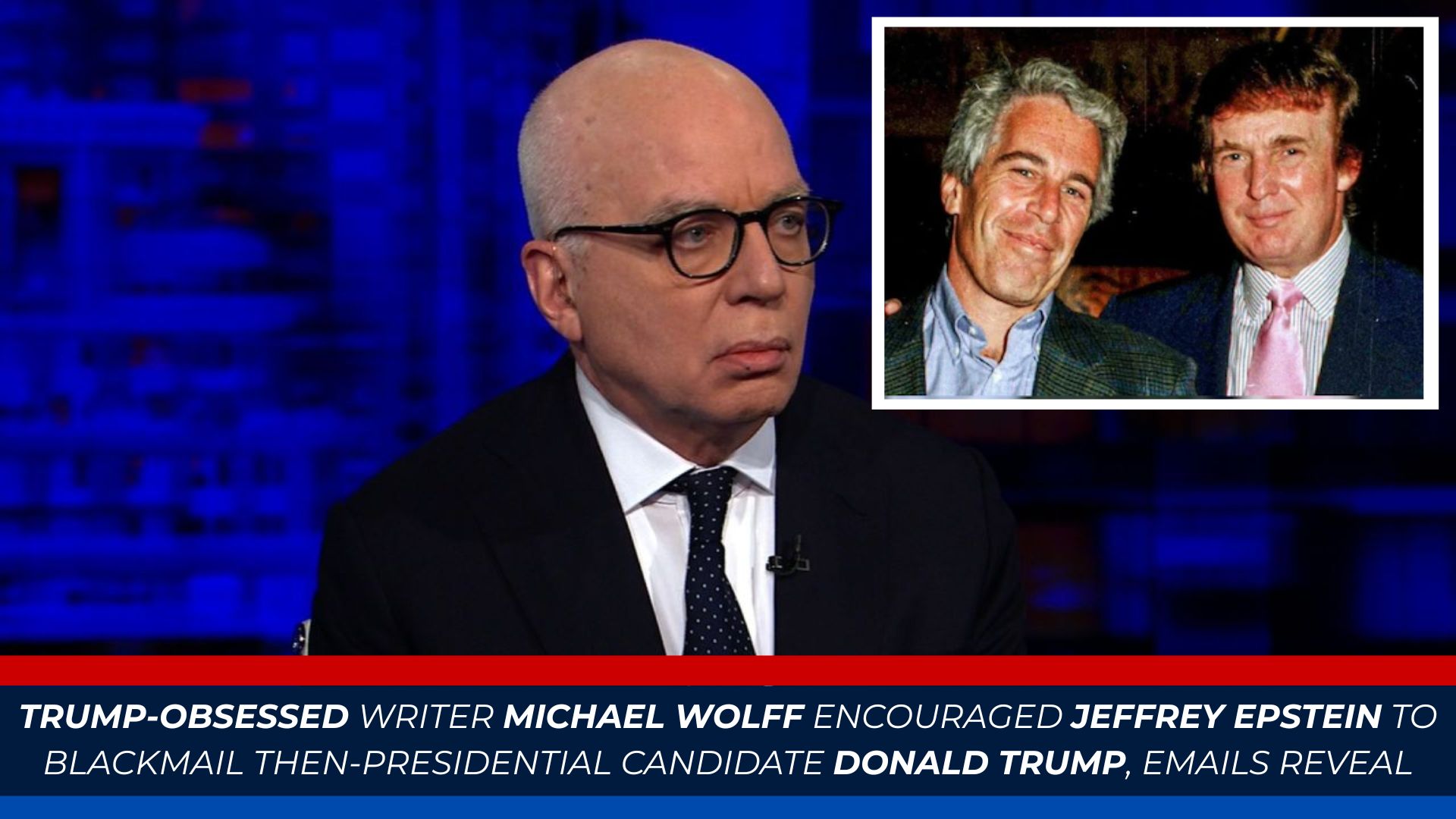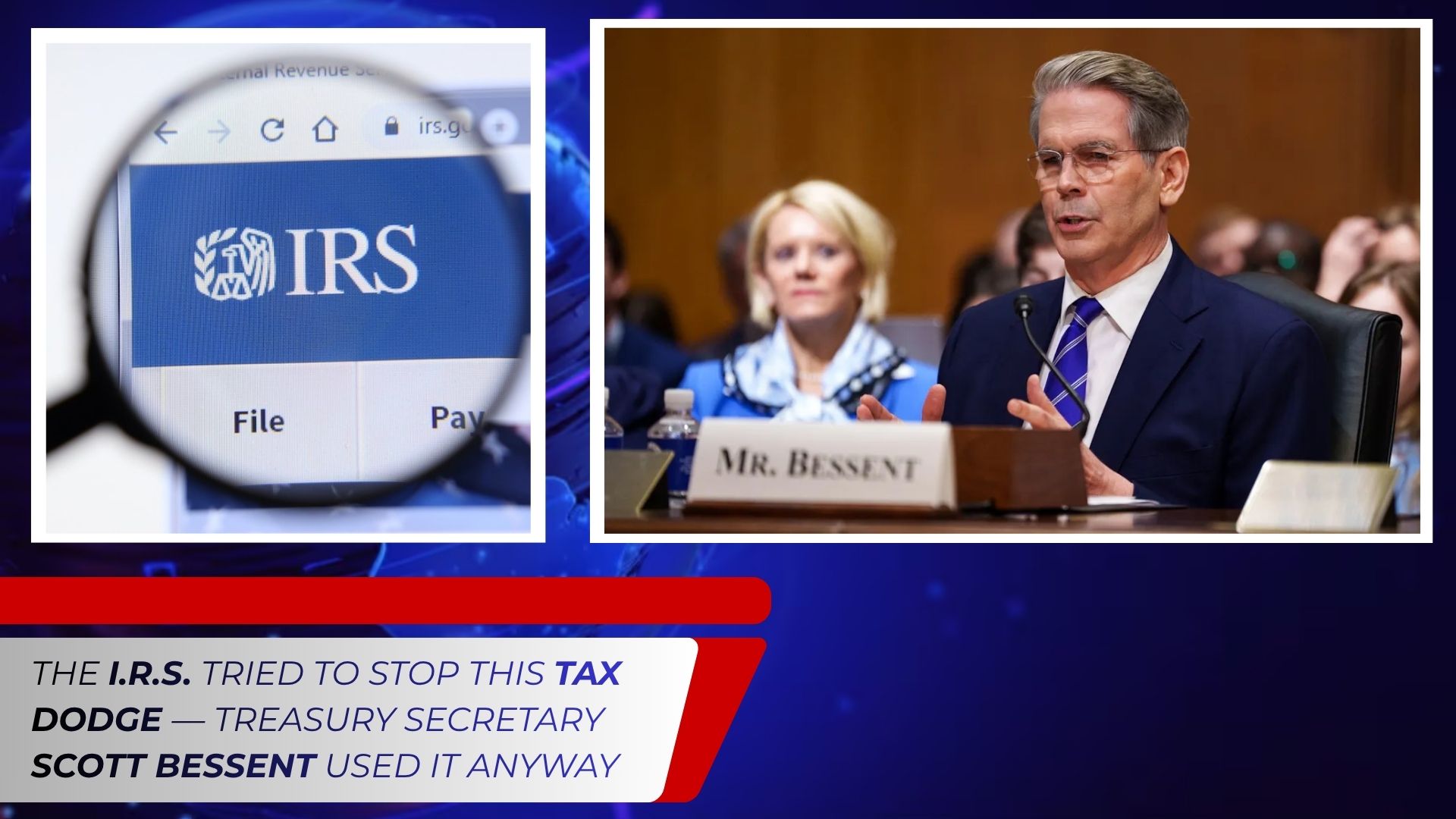The United States and China are signaling optimism over progress in their ongoing trade negotiations, as Presidents Donald Trump and Xi Jinping prepare for a high-stakes summit. Officials from both nations have expressed cautious confidence that a comprehensive trade agreement could soon be finalized, raising hopes that tensions in the world’s two largest economies may ease.
Trade between the U.S. and China has been a flashpoint for months, with both sides imposing tariffs on billions of dollars in goods in response to perceived unfair practices, intellectual property theft, and other disputes. The resulting trade war has disrupted global supply chains, created market volatility, and added pressure on domestic industries, particularly manufacturing and agriculture. Farmers, in particular, have faced steep losses due to retaliatory tariffs, prompting the U.S. government to provide financial support to offset some of the economic fallout.
Recent talks, described by negotiators as intensive and constructive, appear to have addressed several critical issues, including the protection of intellectual property, technology transfer, and mechanisms to ensure that agreements are enforceable. While neither side has disclosed all details, officials have indicated that compromises are being explored on sensitive topics such as market access for foreign companies in China and agricultural purchases from the U.S.
White House trade adviser Peter Navarro and Chinese Vice Premier Liu He have been leading the discussions on their respective sides, meeting over the past weeks to iron out complex policy details. Observers note that while significant gaps remain, both nations are motivated to avoid further economic damage and stabilize global markets. A trade deal, even if partial, could have wide-reaching implications for international business, financial markets, and diplomatic relations.
President Trump has publicly expressed optimism about the potential deal, citing progress in recent negotiations. “We’re very close to a deal with China. They want it, we want it. It’s going to be a great deal for both countries,” Trump said in a recent press briefing. Analysts suggest that Trump’s emphasis on a “fair deal” reflects his administration’s focus on protecting U.S. intellectual property and ensuring reciprocal market access.
Chinese officials, while emphasizing the importance of negotiation and cooperation, have also expressed optimism. State media reported that Xi Jinping is committed to reaching a “mutually beneficial agreement” and highlighted the importance of stability in U.S.-China economic relations. Analysts caution, however, that while public statements indicate progress, underlying tensions—particularly regarding technology competition, trade imbalances, and geopolitical concerns—could complicate the final agreement.
One key area of negotiation involves U.S. demands for structural reforms in China’s economy, particularly around forced technology transfer and intellectual property protections. For years, American businesses have expressed frustration at being required to share technology with Chinese partners in exchange for market access. Negotiators are reportedly working on mechanisms to enforce compliance, including dispute resolution processes and potential penalties for violations.
Agricultural purchases remain another critical component of the talks. China has signaled a willingness to increase purchases of U.S. soybeans, corn, and other products, but details regarding timelines, quantities, and enforcement mechanisms are still under discussion. For U.S. farmers, such commitments could provide a significant economic boost after months of uncertainty caused by retaliatory tariffs.
Market reactions have been positive in response to the news of progress. Stock indexes in the U.S. and Asia have rebounded in anticipation of a potential deal, reflecting investor optimism that trade tensions may ease. However, analysts warn that volatility could return if negotiations stall or if either side imposes additional demands in the final stages.
The summit between Trump and Xi represents the culmination of months of intensive diplomacy. Both leaders face domestic pressures: Trump must demonstrate economic results ahead of the upcoming election cycle, while Xi must balance the demands of maintaining growth and stability in China’s slowing economy. Observers note that a successful deal could serve as a major diplomatic victory for both leaders, strengthening their positions domestically and internationally.
Despite optimism, challenges remain. Enforcement mechanisms, verification processes, and timelines for implementation are all likely to be key sticking points. Experts caution that partial agreements or temporary compromises may be more realistic in the short term, with full resolution of structural issues requiring ongoing negotiations.
In summary, the U.S. and China appear closer than ever to reaching a trade deal, but the final agreement will depend on careful navigation of complex economic and political issues. The upcoming meeting between Trump and Xi is likely to be decisive, setting the stage for either a breakthrough or continued uncertainty in the global trade landscape.
%20(4).png)








